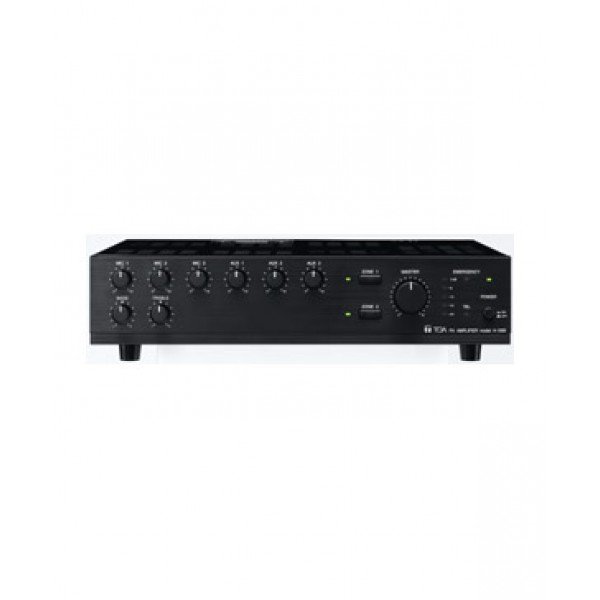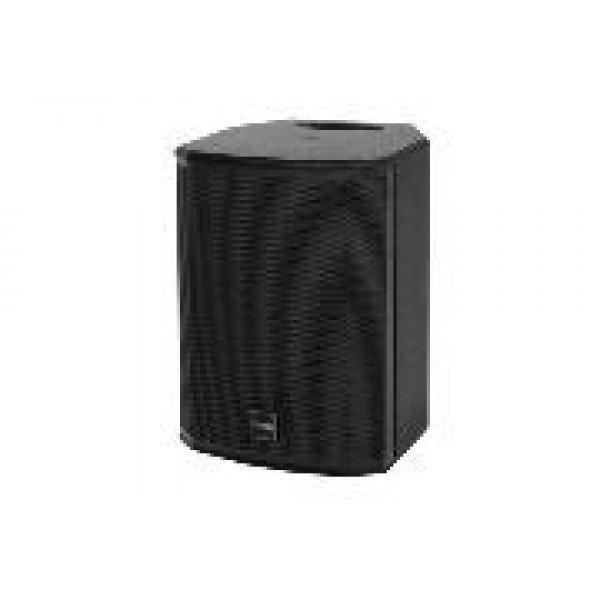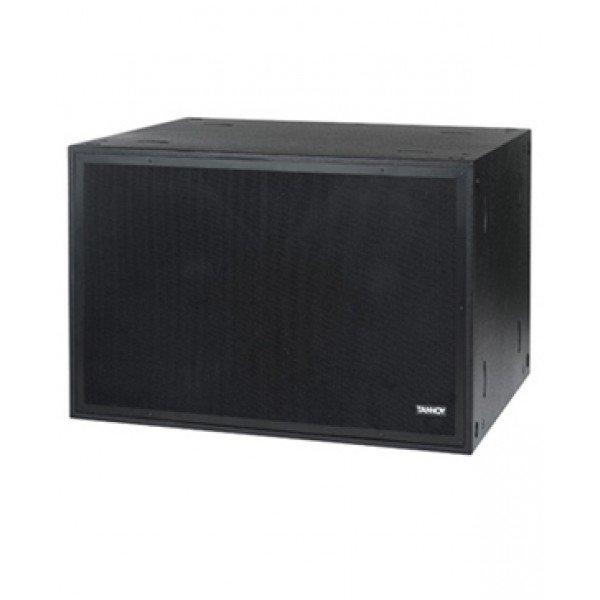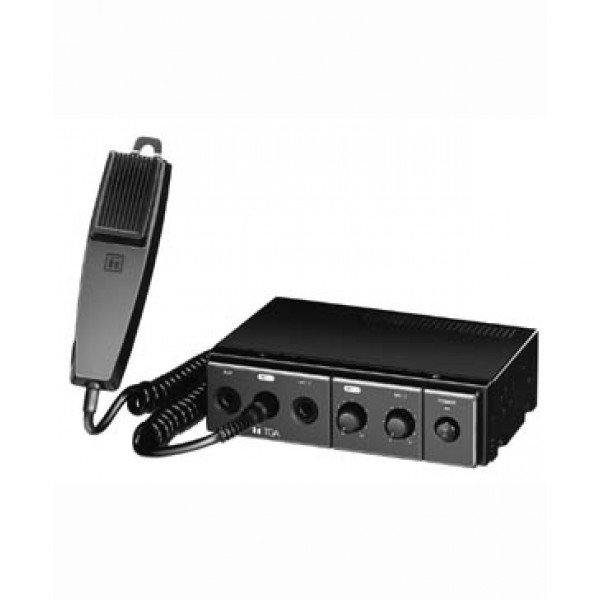Commercial audio refers to audio systems and equipment designed for use in commercial settings such as businesses, public venues, institutions, and retail environments. These audio systems are tailored to meet specific needs related to background music, paging, announcements, and other audio applications within commercial spaces. Commercial audio systems are often more robust and versatile than consumer-grade audio systems, capable of handling larger spaces, multiple zones, and various audio sources simultaneously.
Key components and features of commercial audio systems include:
- Speakers: Commercial-grade speakers are designed to deliver clear and balanced sound across a wide area. They come in various types, including ceiling speakers, surface-mount speakers, in-wall speakers, and outdoor speakers, allowing for flexible installation options to suit different environments.
- Amplifiers: Amplifiers provide the power needed to drive speakers and maintain audio quality over long distances. Commercial amplifiers often offer features like multiple output channels, zone control, and advanced signal processing to optimize audio performance.
- Mixers: Audio mixers allow users to control and adjust the levels of different audio sources, such as microphones, music players, and paging systems. Commercial mixers may include features like multiple input channels, EQ adjustments, and priority routing for paging announcements.
- Audio Sources: Commercial audio systems can accommodate various audio sources, including background music players, streaming services, satellite radio, CD players, and paging systems. These sources can be integrated into the system to provide seamless playback and control.
- Paging Systems: Paging systems allow for the broadcast of announcements, notifications, and emergency messages throughout a commercial space. They often feature dedicated microphones, amplifiers, and speakers strategically placed for optimal coverage.
- Control Systems: Commercial audio systems may include centralized control systems that allow users to manage and monitor audio playback, volume levels, and system settings from a single interface. Control options may include physical control panels, touchscreen interfaces, and remote management software.
- Installation and Integration: Commercial audio systems are typically installed by professional integrators who assess the specific needs and requirements of the commercial space. They ensure proper placement of speakers, wiring, and equipment to achieve optimal audio coverage and performance. Integration with other building systems, such as lighting, HVAC, and security systems, may also be considered for enhanced functionality and convenience.
Overall, commercial audio systems are designed to provide reliable, high-quality audio solutions tailored to the unique requirements of commercial environments, contributing to a pleasant atmosphere, effective communication, and enhanced customer experiences.










